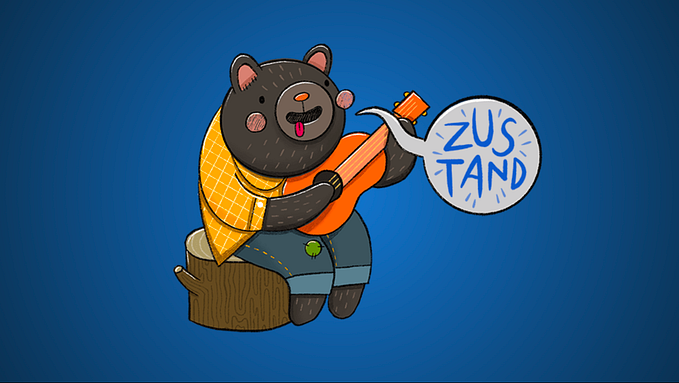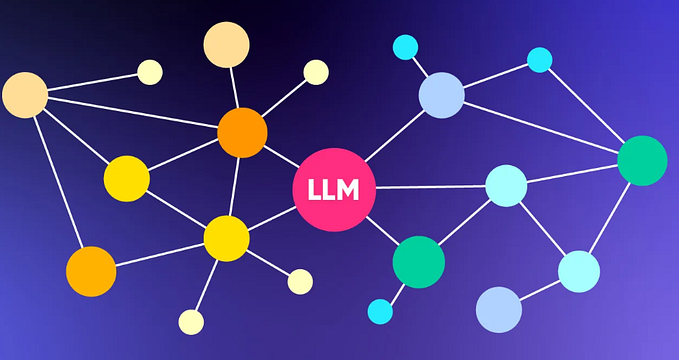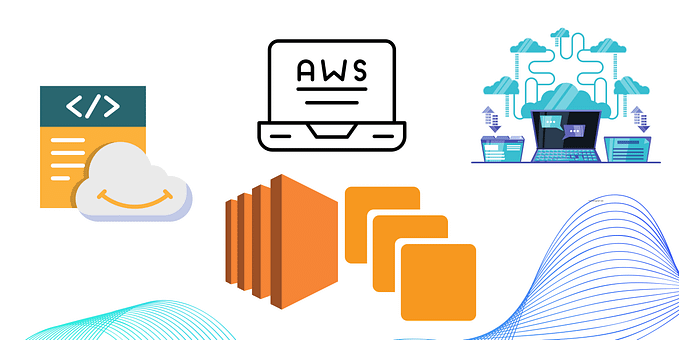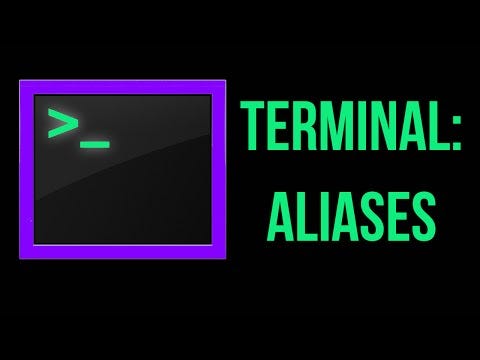2023 UI/UX Trends to Know
Expert Insights on the Latest Developments in User Interface and User Experience Design
As we approach 2023, digital innovation studios need to stay up-to-date on the latest trends in user experience (UX) and user interface (UI) design. These trends not only improve overall usability, functionality, and visual appeal, but they also set the industry standard for a brand or company’s digital product, such as an app or website.
Mixed Reality + Augmented Reality
Mixed reality and augmented reality technology are expected to play a significant role in UX/UI design in 2023. These technologies allow for the fusion of digital and physical experiences, opening up a range of possibilities for various industries. For example, individuals can decorate and paint an empty room with AR before buying furniture, use AR business cards, or navigate a warehouse in real-time with AR to maximize efficiency. As AR/VR technology becomes more accessible, designers will need to consider the immersion of these experiences and how to keep users aware of their surroundings to prevent accidents. They will also need to consider ergonomic and health considerations, such as whether prolonged use of a headset could cause headaches or sight deterioration. The development and regulations of these technologies will provide a unique challenge for designers in the future.
Motion Design
The use of motion design, such as animations and micro-interactions, is expected to be a key trend in 2023. In the past, creating animations for websites and applications was complex due to the need to make trade-offs between animation quality, site performance, and app size. However, with the introduction of libraries like Lottie Files and the proliferation of 5G, designers can now create stunning animations while keeping file sizes low and running smoothly. The use of motion design not only enhances visual appeal but also creates a more seamless user experience. For example, a simple loading animation can add a touch of personality to a site, while hover effects can provide an interactive element to buttons and other elements.
Immersive Scrolling
Immersive scrolling involves using motion design and other design elements, such as 3D imagery and gradients, to create a dynamic and visually appealing user experience. Rather than simply scrolling down a page, the use of techniques like parallax scrolling can create the illusion of depth and movement, making the experience more engaging for the user. This trend is expected to be popular in 2023 as it allows designers to guide the user through a site or app in a more immersive way.
3D Imagery
The use of 3D imagery is expected to be a trend in 2023 as it adds a level of realism and depth to a user interface. This can be achieved through the use of 3D graphics, models, and animations, and can be particularly effective in immersive scrolling and mixed reality/augmented reality experiences. The use of 3D imagery can enhance the visual appeal of a site or app and create a more immersive user experience.
Gradients
Gradients, which involve the transition of one color to another, are expected to be popular in 2023. These can be used to add depth and interest to a user interface and can be incorporated into various elements such as backgrounds, buttons, and text. Gradients can add a modern and visually appealing touch to a design and can be used in combination with other trends like immersive scrolling and motion design.
Brutalism
Brutalism, a design trend characterized by raw, unfinished aesthetics and functionality over form, is expected to make a comeback in 2023. This trend prioritizes user needs and creates a stripped-down, no-nonsense user interface. It’s impnote, however, that brutalism should be used sparingly as it can be overwhelming if used excessively. A good example of brutalism in action is the use of bold, sans-serif fonts and a limited color palette, as well as a focus on clear, concise messaging and easy-to-use navigation.
Wellness
The focus on wellness in UX/UI design is expected to continue to grow in 2023. This trend involves designing with the user’s physical and mental well-being in mind, including features like dark mode to reduce eye strain and mindfulness prompts to encourage self-care. The use of calming colors and subtle animations can create a relaxing atmosphere, while notifications can be designed to minimize distractions and allow the user to fully engage in the task at hand.
Designers can also consider the ergonomics of a product, such as the placement of buttons and the size of text, to minimize strain on the user. In addition, the use of clear and concise messaging can help to reduce cognitive overload and improve the user’s overall experience.
By prioritizing wellness in their designs, UX/UI designers can create products that are not only functional and visually appealing, but also contribute to the overall well-being of their users. This trend is expected to continue to gain popularity as more and more people become aware of the impact of technology on their physical and mental health.
In conclusion, 2023 promises to bring exciting new developments in UX/UI design. From the integration of mixed reality and augmented reality technology to the focus on user wellness, designers have the opportunity to create innovative and user-friendly products that meet the needs and expectations of their users.
By staying informed on the latest trends, such as motion design, immersive scrolling, 3D imagery, gradients, brutalism, and wellness, digital innovation studios can ensure that they are creating products that are not only functional and visually appealing, but also align with industry standards. By considering the user’s experience and well-being, designers can create products that truly stand out in a crowded digital landscape.










